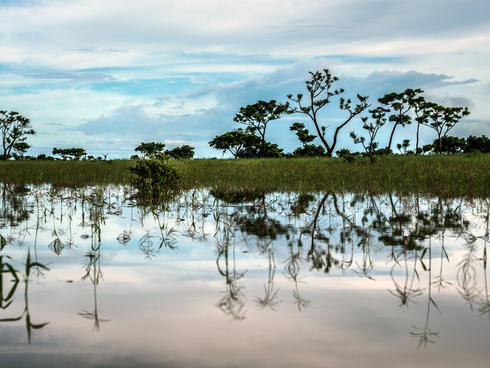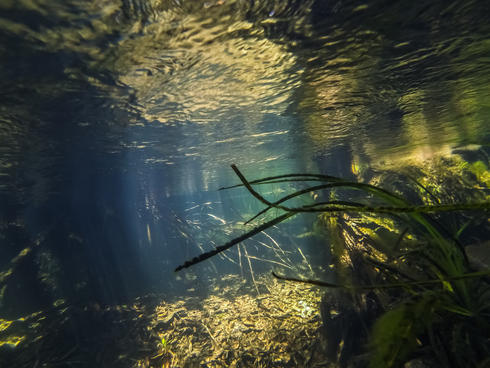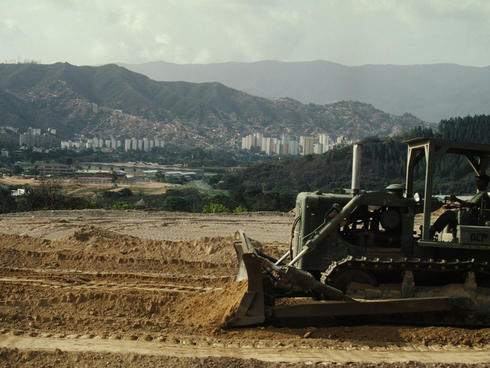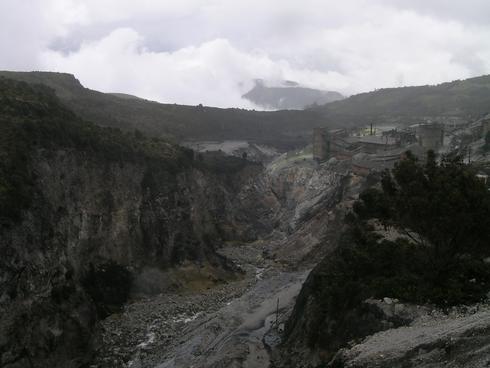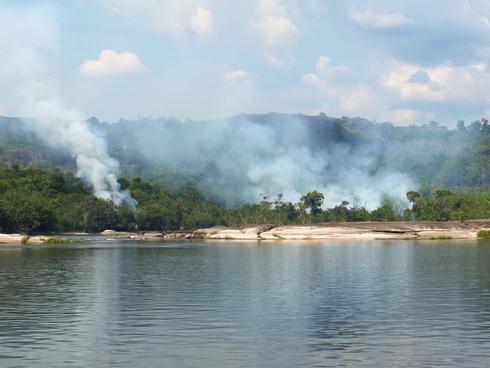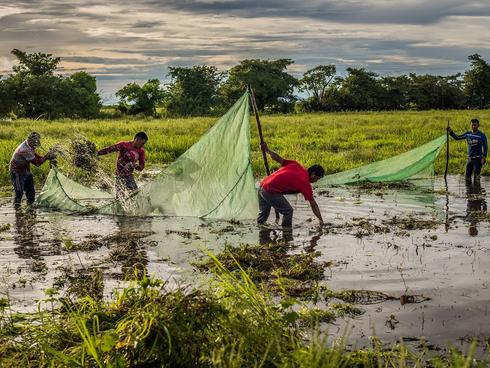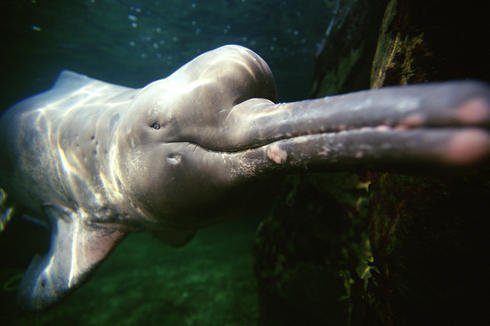Every living thing—from plants to wildlife to people—depends on fresh water for survival. That’s why it’s important to understand how our actions impact the health of river basins, and what we need to do to make these valuable natural resources sustainable.
WWF, the University of Maryland Center for Environmental Science, and local partners teamed up to create report cards for river basins that provide a common understanding of a basin’s health, identify what’s important to water users, and foster a shared vision of the basin’s future. Report cards also track progress against global water management goals.
The Colombian Orinoco River Basin Report Card—the first of its kind in South America—came out in July 2016. Through a series of workshops held across the region, approximately 150 stakeholder came together to pinpoint the most important values and threats to their basin, known as indicators. What we learn about the health of each one of these indicators helps determine the overall health of the river basin. Researchers looked at data about the indicators and gave each one a health score. The team later averaged all the scores to reveal the final grade for the basin.
The Orinoco River Basin received a B-.
The report card serves as a model for building comprehensive, community-driven, scientifically credible basin assessments that can work around the world.
In its entirety, the report card shows a basin in transition, facing real and immediate threats from land use change, loss of forest cover, and ecosystem transformation. The results emphasize the need for integrated land use planning to ensure development occurs in a sustainable way.
Take a look at some of the indicators below to learn more about the state of the Orinoco River Basin.
